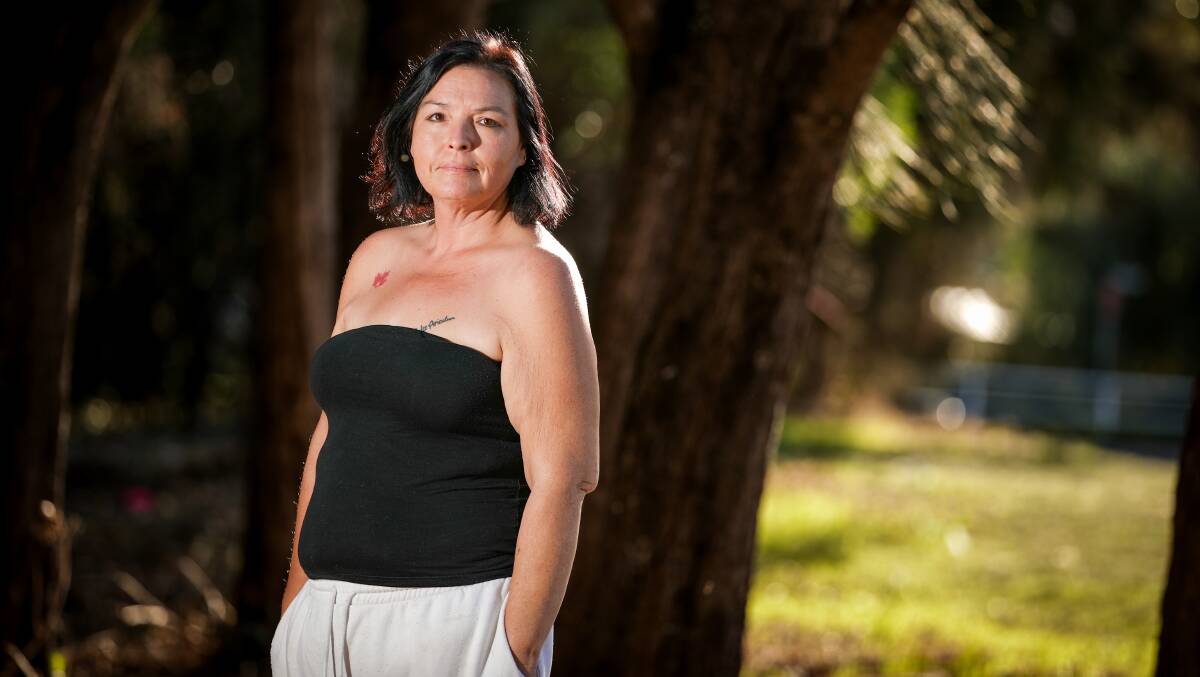
The Illawarra's GP crisis has been laid bare in a new survey that shows less than one in 10 clinics in some part of the region now offer bulk-billing to general patients.
Subscribe now for unlimited access.
or signup to continue reading
The lack of access to fully subsidised visits means some residents are being forced to forgo medical treatment, or seek help at the overburdened emergency departments.
"I injured myself on New Year's Eve and got a blister on my foot, and because I have diabetes, I'm at risk of infection," Oak Flats woman Jeannine Russell said.
"I put off going to the GP because I didn't have the money, and then it was growing into a bigger injury, so I resorted to going to emergency instead of just going to the doctor in the first place."
In a survey of more than 6000 GP clinics in Australia, online healthcare directory Cleanbill has ranked federal electorates according to how much GPs cost, how hard it is to see a doctor and the bulk billing rate of clinics in each area.
In Cunningham, which stretches from Helensburgh to Warrawong, only three of the 47 GP clinics offered fully subsidised visits according to the report, with the bulk-billing rate at 9.1 per cent.
The electorate was ranked seventh worst in NSW on this measure, and was one of just 25 electorates across Australia where the rate was below 10 per cent.
The Whitlam electorate had a 10.9 per cent bulk billing rate and about a quarter of the clinics in the region's southernmost electorate of Gilmore offered bulk-billed appointments, the survey said.
The availability of bulk-billed visits varied widely between electorates, with Blaxland in north-western Sydney having a 98.5 per cent bulk-billing rate and the electorate of Newcastle having no bulk-billing clinics.
Ms Russell said she had been with her Warrawong doctor for more than a decade, receiving frequent treatment for diabetes and building up a strong relationship with a GP who knows her and her family.
However, last July the clinic switched to private billing, which has left her unable to afford appointments and forced her to delay seeking medical help.
"I didn't want to go to the ED for a foot injury, it wasn't life threatening and I'm not dying, but because there's a possibility of it getting really bad, I had no choice," she said.
"I couldn't afford to go to the doctor."
Ms Russell said she had tried to find a new doctor who will bulk bill, but found many clinics had weeks-long waiting times for an appointment or were not taking on new patients.
"They basically say that, you know, you have to wait at least two weeks before you can get seen and some of them are also changing to private billing anyway," she said.
"Also it makes no sense to go to a new doctor, my doctor knows me and knows my children. I can just walk in and tell him everything and I don't have to explain it to another person."
The Cleanbill survey also showed how many GPs have closed their books, with almost a third of clinics in Whitlam and Cunningham no longer accepting new patients.
When it came to the cost of seeing a GP, residents in Whitlam paid more than the NSW average with a $42.62 out-of-pocket cost for each visit. Residents paid less than average in Cunningham ($37.96) and Gilmore ($40.16).
The increasing cost of seeing a doctor came as a shock to Albion Park woman Cassandra Burke, who said she had been unaware of the out-of pocket cost when she went to see her usual GP at a clinic in Unanderra recently.
"I'm an apprentice, so it's very tight when it comes to money and it was a shock," she said.
"Today, I know full well I have some sort of stomach bug and possibly a cold coming on, but I can't go to the doctor for them to charge me $60, let alone another $20 on top for a prescription.
"By the time you add it all up, it's nearly $100 and it puts people in a really tough situation."
In the past 12 months, numerous clinics across the Illawarra have either switched to private billing or closed down due to the rising costs of providing their service with little increase to the Medicare rebate.
Professor Charlotte Hespe, the NSW/ACT chair of the Royal Australian College of GPs, and a doctor in Sydney, said many clinics had reached a tipping point in recent years which meant they were no longer able to afford to bulk bill.
"This is not a doctors being greedy problem," she said.
"GPs have tried for a very long time to get successive governments to understand that bulk billing at the current rate is not sustainable. It's taken us to get to crisis point before they have stopped to listen to us."
She said the difference in bulk-billing rates seen across electorates in the Cleanbill survey may relate to socioeconomic factors.
"More disadvantage means more bulk-billing, and good on those GPs, because it means they are really doing it hard," she said.
"They would have to fund their practice on the smell of an oily rag."
She said the difference in out-of-pocket costs for patients could be linked to the costs of rent, services or staff in different areas.
You can read our stories without having to sign in all the time by downloading the app in the Apple Store or Google Play.


